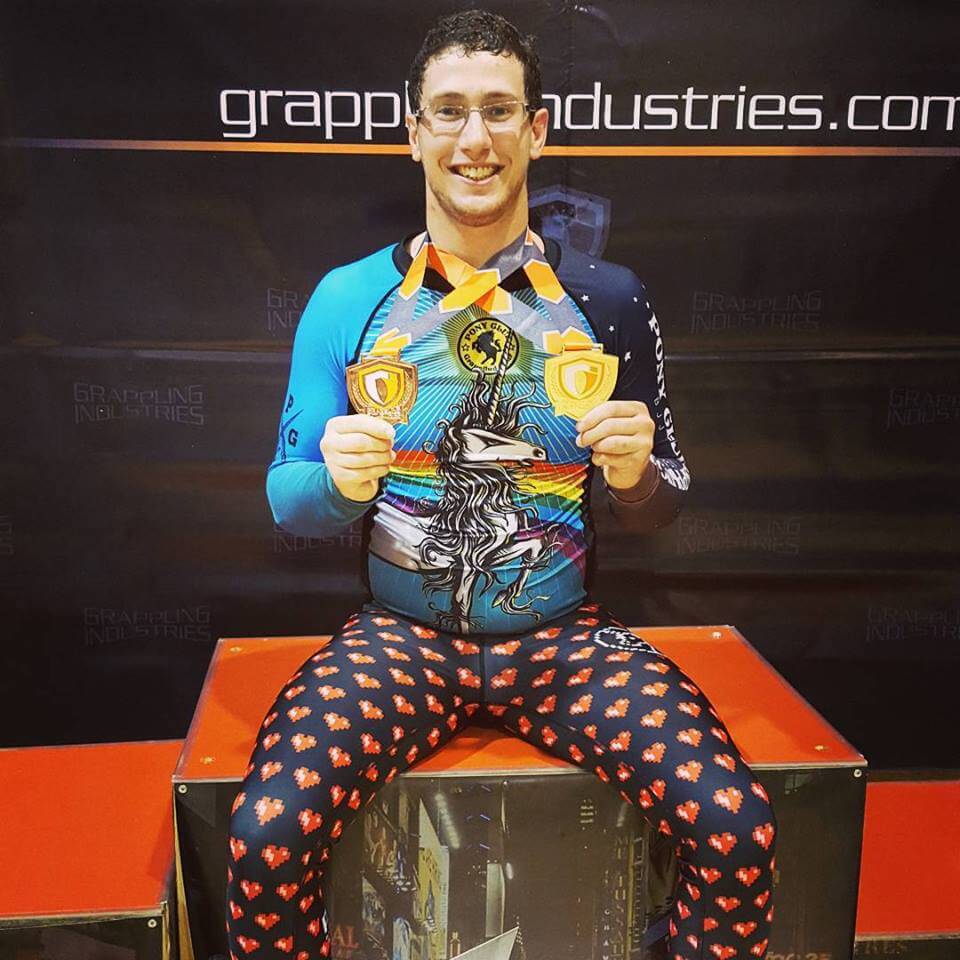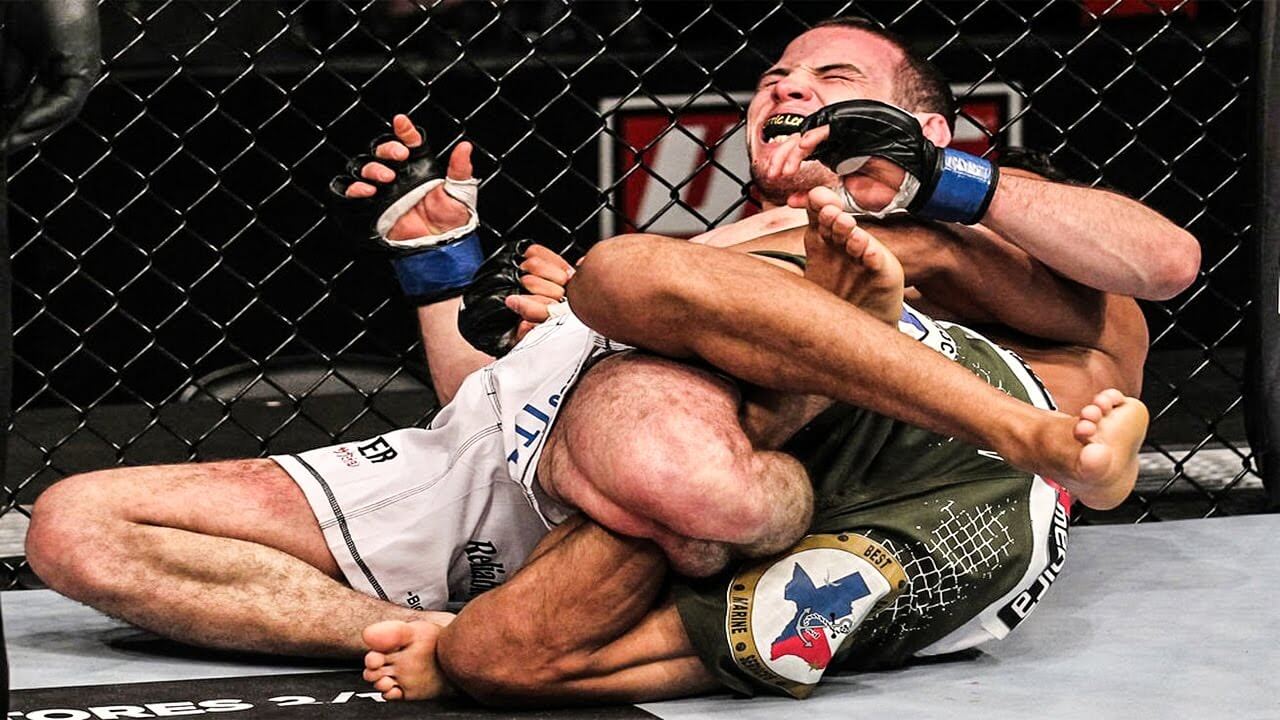The say that jiu-jitsu is the “gentle art.” What does that ACTUALLY mean? Is there anything truly gentle about wrestling people to the ground to strangle them or torque/hyper-extend their limbs?
Why is jiu-jitsu called the gentle art when arguably it’s one of the deadliest martial arts on the planet?
Perhaps the most powerful thing about jiu-jitsu is that it gives its practitioners control over the amount of damage they do to a foe. If the only tools I have for a fight are punches and kicks, I absolutely HAVE to inflict blunt force trauma on an opponent. More importantly, as much as my strikes can do damage to my opponent, they also have potential to do damage to me. Remember, if you’re hitting someone, whatever you’re hitting them with has the same amount of force being exerted upon it, for every action there is an opposite and equal reaction. Most MMA fighters and fighters who don’t wear thick gloves can tell you that a broken hand is a real injury.
There’s also the factor of an opponent’s toughness getting in the way. There are some people who can take a ruthless beating and still come forward. Though he was ultimately put away with an impressive elbow, in his most recent fight the Korean Zombie was able to eat tons of damage. Had his opponent possessed superior jiu-jitsu skills, gotten him to the ground and used those skills the fight would have been over far sooner. Obviously in this case it would have been easier said than done, but Helio Gracie famously said “For the choke, there are no ‘tough guys.”
Jiu-jitsu also teaches us how to use body positioning and pressure to nullify another person’s movement. A superior jiu-jitsu practitioner against a person with little or no training will appear superhuman. In a recent incident, Matt Serra restrained a belligerent restaurant patron by calmly mounting him and waiting for security to arrive. The other man struggled against Serra doing everything he could to escape, but ultimately the long time jiu-jitsu black belt was able to easily hold him down.
The thing is that jiu-jitsu CAN be extremely violent. In competition gentleness will lose you matches. However, a superior jiu-jitsu practitioner can make choices in the heat of competition. Don’t believe me? Take a look at the rate of catastrophic injury in the black belt division of any competition. It’s low because competitors have a lot of control over their movements.
Another thing about jiu-jitsu that makes it gentler than other arts is that it can be practiced at full intensity but still be safe as long as both practitioners in a roll are aware of what’s going on and don’t bring their egos to training. If you practice striking at 100% speed and intensity both you and your training partner will be broken or unconscious before the end of the session. Striking is an absolutely necessary skill to be a well rounded and effective fighter, but if practiced at full intensity the discipline of striking is way more taxing than the discipline of grappling
As the “gentle art” jiu-jitsu gives us options that other arts don’t. It also decreases the likelihood of accidental/unintended secondary injuries. If someone gets into a fight and knocks their opponent out, that opponent may fall and break something. Falling down is very dangerous, especially when unconscious. On the other hand, if jiu-jitsu is used, there is constant connection with the other person, which puts the decision of whether or not to use strikes or falls against the assailant.
There is no such thing as a truly gentle street ready martial art. Violence is violence. But most violence is less controlled and less controllable than the violence of jiu-jitsu. Jiu-jitsu is gentle not because it doesn’t give its practitioners potential top inflict tremendous damage on their opponents/assailants, but because it gives its practitioners precise control over how much damage they inflict.
So next time you hear someone refer to jiu-jitsu as the gentle art, you’ll know what they mean. Gentleness in this case isn’t measured on potential to do harm but rather control over how much harm is caused and ability to practice doing said harm without doing actual harm to those with whom one practices.

Emil Fischer is a Jiu-jitsu Black Belt and BJJ competitor training under Pablo Angel Castro III at Strong Style MMA in Cleveland Ohio. An avid writer and competitor, Emil has amassed an extensive competition record. Most notably, Emil is a 2 time gold medalist at the IBJJF No Gi Pans, and has a submission victory record of 5-1 at Fight To Win Pro which includes purple belt no-gi light heavyweight championship
Emil’s sponsors are Impact Mouthguards, Cleveland Cryo, The Terphouse, Meerkatsu, Eddys on Coventry and Nottarookie. He is a Ludwig Van and Vanguard Kimono brand ambassador.

